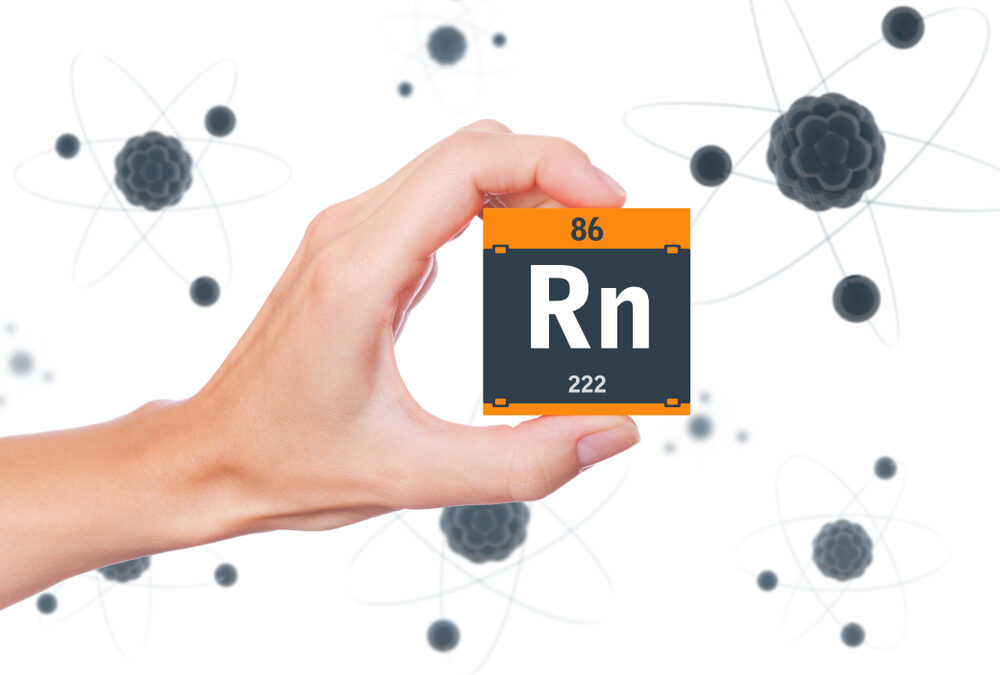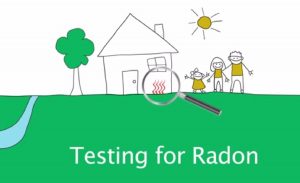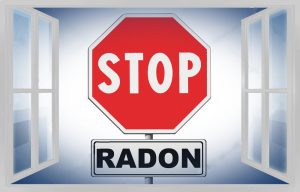Radon is responsible for several lung cancer deaths in the US. It is the number one cause for lung cancer in people who don’t smoke, according to the EPA. The radioactive gas ranks second after smoking as the cause of lung cancer.
Radon is present in most buildings, whether a home or workplace. Additionally, poor ventilation and architectural design can trap more radon indoors.
As a result, radon mitigation becomes a priority for US citizens. Below are a few proven tips to help you prevent and eliminate radon exposure.
Determine the Sources of Exposure
It is necessary to determine the source of radon radiation. Generally, major amounts of the gas travel from the soil through floors to the inside of your home.
However, radon can also originate from cracks or crevices of your walls. Any gap between walls and cables or pipes can let in radon.
Moreover, some building materials release radon. They can stay inside your home and add to the radon buildup.
Even groundwater can contain radon.
You need to determine the sources of radon before you can take steps to mitigate the problem. The solution will depend on the source, as random strategies are not likely to work.
Improve Ventilation
Ventilation is the one of the most effective ways to get rid of radon for free. You can open your windows and vents to let in fresh air. Moreover, you can use fans to drive out stale indoor air outside.
However, you may need to call in the professionals in some cases, especially for forced ventilation.
Additionally, you may install heat recovery ventilators to remove radon from your home.
Seal Gaps and Cracks
Cracks and openings in walls and floors act as entryways of radon. Generally, any opening on a surface that is in contact with the soil can let in radon.
It may also enter your home through gaps in or around:
- Utility pipes
- Drains
- Wall joints
Sealing can be a basic way to reduce radon radiation. You can seal gaps and cracks with concrete or sealant. It may be sufficient if your home has low radon radiation.
You may need to rely on professional builders to seal some areas. The list includes places concealed by masonry, like a fireplace or cracks on top of block walls.
Sealing can work with other mitigation techniques to provide optimum outcomes.
Cover Exposed Soil
Exposed soil releases significant amounts of radon. You may have such places in your basements, storage areas, cold rooms, and more.
It is possible to cover exposed earth to prevent radon exposure. You can pour concrete over exposed areas to seal the radioactive gas.
Find all such exposed areas in your home and cover them. It can go a long way to prevent radon from getting inside your home.
Go for Water Treatment
Water can be a source of radon radiation. It can arrive from wells you drilled for your property. Water can release radon inside your home, especially in bathrooms and kitchens.
However, the major concern is inhaling the gas from water and not ingesting it.
You can opt for water treatment to reduce radon exposure. Professionals can use several ways like aeration and filtration.
Aeration introduces more oxygen in tanks while extracting radon. It may use air to create bubbles in the water. Some systems spray water from the top of the tank.
Filtration may use activated granular carbon particles. It is affordable than aeration but is less effective.
Perform a Radon Test
A radon test is necessary to determine the levels of the radioactive gas in your home. It does not matter if your neighbor’s home has zero radon. Your house is different, and no one knows what the situation is.
So, always test the radon levels in your property. It is a must after you perform any repairs or renovation.
You can use readymade radon testing kits available in the market. However, the CDC recommends hiring certified professionals. They test radon levels in your home for many days using advanced equipment for accurate results.
Final Thoughts
Hire a qualified professional to eliminate radon once and for all. You will not have to worry about quick fixes or short-term solutions anymore. Your home will be safe for you and your loved ones.




